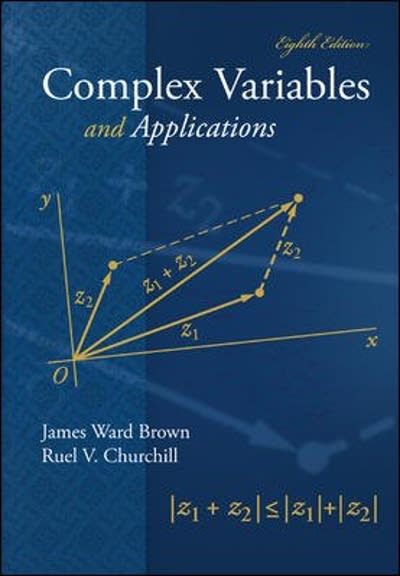
Please assist
Question 1(c) If the random varaible X represents all 24 possible values of a key and P( X ) represents the probability that each of those values is the correct key to unlock a vault, then E( X ) is the expected value of the correct key. What is this expected value of the key based on the result from Question 1(b)? What would be the expected value of the correct key if X was uniformly distributed? Question 1 (d) Let us asssume now that the attacker can make k attempts before the vault gets blocked and alarm sounded. Use the functions psuccess (k, p) from the Assignment 2 to compute his success probability if k = 7, if the attacker chooses his keys in the order given by X i.e. 1, 2, 3, - - - 24 with corresponding probabilities p = P(X). Write the code in the code chunk below and calculate the probability of success Code Start Over Run Code Question 1(e) However, not every guessor is this lucky. Permute the probability vector Pr and get a new vector p, and then find the probability of success in 7 guesses. Find the average number of guesses needed when the distribution of X is defined by pl. Code Start Over Run Code Now permute Pr twice to get another distribution p2. What is the new probability of success in 7 guesses? What is the average number of guesses for the attacker facing the key distribution p2 to be successful? Code Start Over Run Code WN P Which of the three distributions was most beneficial to an attacker? Why?Let us create a vector of Expectations Exam, the Expected value of :3 that will unlock the vault in each case. The codechunk below computes the mean and standard deviation of Ezm. Code |zstan Over | I Run om L(samp1&(1:24,size=24, replace=FALSE) A randonllist(cbind(r'andalilList, L) } Exivectorx numeric ( J mwummh 10 for'(i in 1:10){ 11 )((r'ar1danllist[,i] 12 Ex(surn()('Px) 13 Ex_vector( c ( Ex_vector', Ex) 14- 15 } 15 1? mean ( Ex_vector') 13 var'( Ex_vector') V What are these statistics telling you about the Expected value of the conect key? Question 1 (9) Let us now consider a vault which requires a sequence of 24 numbers to be input in the correct order, to open. Let us assume that the correct order is 1, 2, 3, - - - , 24. The attacker, in general, does not know that this is the correct sequence. Therefore, he or she picks a random sequence of numbers, say 5,1,3,14,2,... etc in one attempt to crack the vault. How many possible sequences could the attacker possibly try? Use the factorial (1 function in R to get your answer. Code lasted Over | I Run Code 1 N










